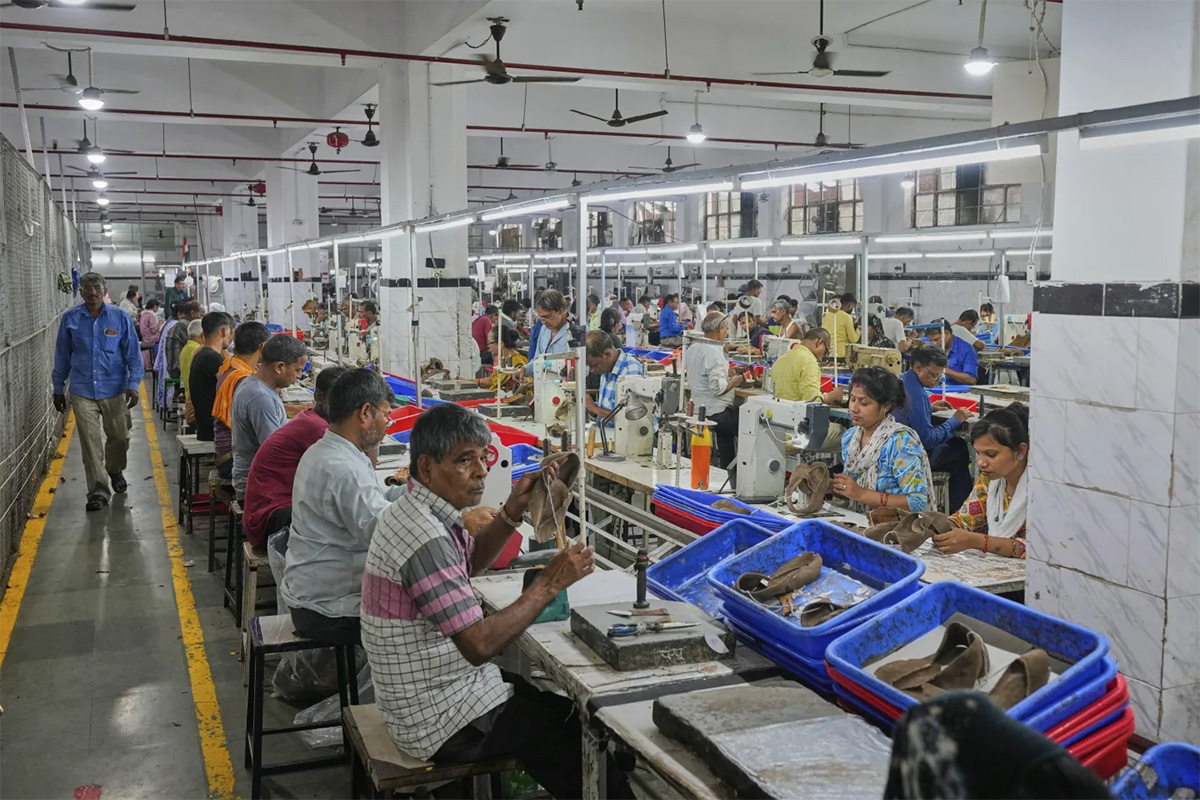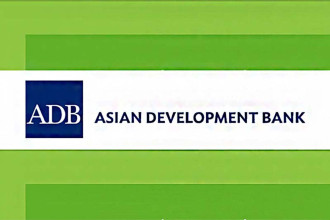
NEW DELHI: India is bracing for a sharp blow to its overseas trade as steep US tariffs take effect on a range of Indian products on Wednesday — a move that threatens over half of India’s exports to its largest market and highlights the fragile trade ties between the two countries.
President Donald Trump had initially announced a 25% tariff on Indian goods. But earlier this month, he signed an executive order imposing an additional 25% tariff due to India’s purchases of Russian oil, bringing the combined tariffs imposed by the United States on its ally to 50%.
The Indian government estimates the tariffs will impact $48.2 billion worth of exports. Officials have warned that the new duties could make shipments to the US commercially unviable, triggering job losses and slower economic growth.
India–US trade relations have expanded in recent years but remain vulnerable to disputes over market access and domestic political pressures. India is one of the fastest-growing among major global economies, and it may face a slowdown as a result.
Sectors to be impacted by US tariffs
Estimates by New Delhi-based think tank, Global Trade Research Initiative, suggest labour-intensive sectors such as textiles, gems and jewellery, leather goods, food, and automobiles will be hit hardest.
“The new tariff regime is a strategic shock that threatens to wipe out India’s long-established presence in the US, causing unemployment in export-driven hubs and weakening its role in the industrial value chain,” said Ajay Srivastava, the think tank’s founder and a former Indian trade official.
The US has, for now, exempted some sectors, such as pharmaceuticals and electronic goods, from additional tariffs, bringing some relief for India as its exposure in these sectors is significant.
Exporters fear losses
Puran Dawar, a leather footwear exporter in northern India’s Agra city, says the industry would take a substantial hit in the near term unless domestic demand strengthens and other overseas markets buy more Indian goods.
“This is an absolute shock,” said Dawar, whose business with the US has grown in recent years. Dawar’s clients include the major fashion retailer Zara.
Dawar, who is also the regional chairman of the Council for Leather Exports — an export promotion body — said the US should understand that the steep tariffs will hurt its own consumers.
Groups representing exporters warn that new import tariffs could hurt India’s small and medium enterprises that are heavily reliant on the American market.
“It’s a tricky situation. Some product lines will simply become unviable overnight,” said Ajay Sahai, director general of the Federation of Indian Export Organisations.
Modi vows not to yield to US pressure
The tariffs come as the US administration continues to push for greater access to India’s agriculture and dairy sectors.
India and the US have held five rounds of negotiations for a bilateral trade agreement, but have yet to reach a deal. That’s largely because New Delhi has resisted opening these sectors to cheaper American imports, citing concerns that would endanger the jobs of millions of Indians who rely on them for their livelihoods.
Prime Minister Narendra Modi has vowed not to yield to the pressure.
“For me, the interests of farmers, small businesses and dairy are topmost. My government will ensure they aren’t impacted,” Modi said at a rally this week in his home state of Gujarat.
He said the world was witnessing a “politics of economic selfishness.”
A US delegation cancelled plans to visit New Delhi this week for a sixth round of trade talks.
India plans local reforms to cushion the blow from tariffs.
The government has begun working on reforms to boost local consumption and insulate the economy.
It has moved to change the goods and services tax, or consumption tax, to lower costs for insurance, cars and appliances ahead of the major Hindu festival of Diwali in October.
The government council is to meet early next month to decide on cutting taxes.
The trade ministry and finance ministry are discussing financial incentives that would include favourable bank loan rates for exporters.
The trade ministry is also weighing steps to expand exports to other regions, particularly Latin America, Africa and Southeast Asia. Trade negotiations with the European Union, which are currently underway, could gain renewed urgency as India works to reduce its dependence on the US market.
By RSS/AP






